Microsoft Planner is a powerful project management tool designed to streamline team collaboration and enhance productivity. In today’s fast-paced business environment, maximizing efficiency in project execution is crucial. This is where the concepts of Integration and Customization come into play, offering businesses the flexibility to tailor Planner to their specific needs.
The Power of Integration in Microsoft Planner
Integrating Microsoft Planner with other Microsoft 365 tools can significantly enhance your workflow. For example, Planner seamlessly integrates with Microsoft Teams, Outlook, and OneDrive, allowing for a cohesive work environment. Teams integration lets users discuss tasks in real-time, while Outlook integration ensures that deadlines and task updates appear directly in your calendar. OneDrive allows for easy file sharing and collaboration within tasks, making it easier for teams to access necessary documents and resources.
Furthermore, Microsoft Planner supports third-party integrations, expanding its functionality to meet diverse business needs. Popular apps such as Trello, Asana, and Slack can be linked with Planner, providing teams with a versatile platform that consolidates communication, task management, and project tracking. These integrations create a unified system that reduces the need to switch between multiple applications, ultimately increasing efficiency.
Customization for Tailored Project Management
Customization in Microsoft Planner allows teams to mold the tool to their specific workflows. Custom labels and buckets are essential features that enable teams to categorize tasks according to their unique processes. For instance, teams can create custom buckets for different project phases or use labels to prioritize tasks based on urgency or department. This categorization helps in visualizing project progress and identifying bottlenecks.
Personalizing notifications and views is another way to optimize task management. By customizing notifications, teams can minimize distractions and focus on critical updates. Adjusting task views can enhance visibility, providing team members with a clearer understanding of their responsibilities and deadlines. Tailoring these features ensures that team members are always aligned with project objectives.
For those seeking advanced customization, Power Automate can be a game-changer. This tool allows users to automate repetitive tasks within Planner, such as sending reminders or updating task statuses. By reducing manual input, Power Automate helps teams to focus on high-priority tasks and improve overall productivity. Real-world examples include automating the creation of new tasks when certain conditions are met, saving time and reducing errors.
In conclusion, Integration and Customization are pivotal in enhancing productivity within Microsoft Planner. By leveraging integrations with both Microsoft 365 and third-party apps, and customizing features to fit specific workflows, teams can significantly improve their project management efficiency. We encourage you to explore the potential of Microsoft Planner to transform your team’s productivity.
We invite you to share your experiences with Microsoft Planner, particularly any integrations or customizations that have enhanced your workflow. For further insights into small business automation and the latest technology trends, subscribe to our updates. Should you have any questions or need assistance with Microsoft Planner, please feel free to contact us.
